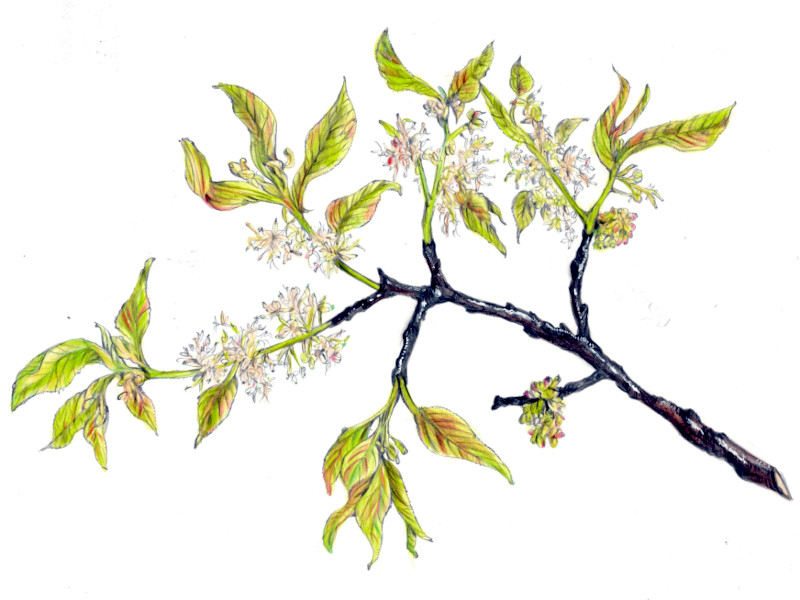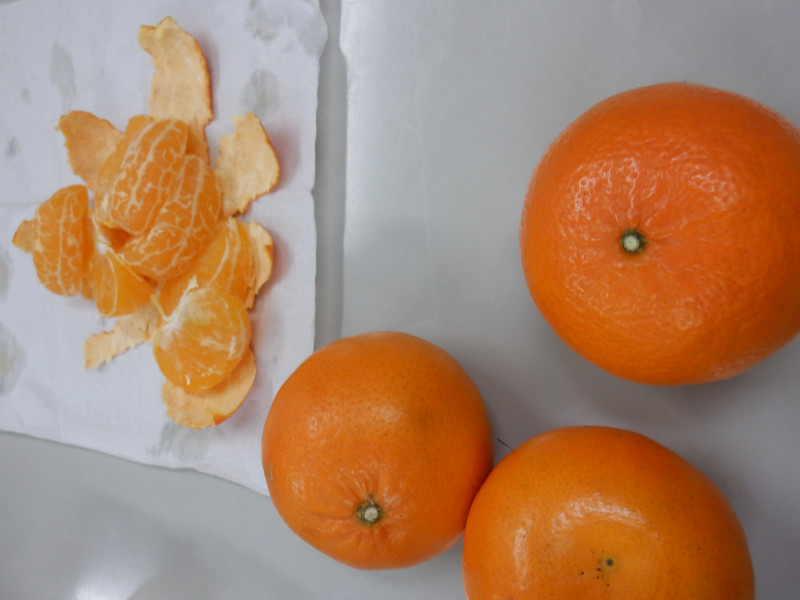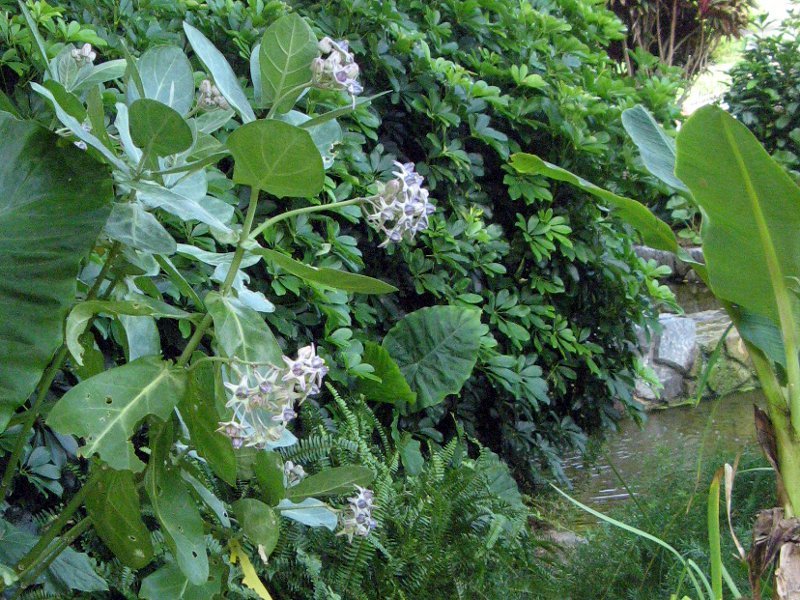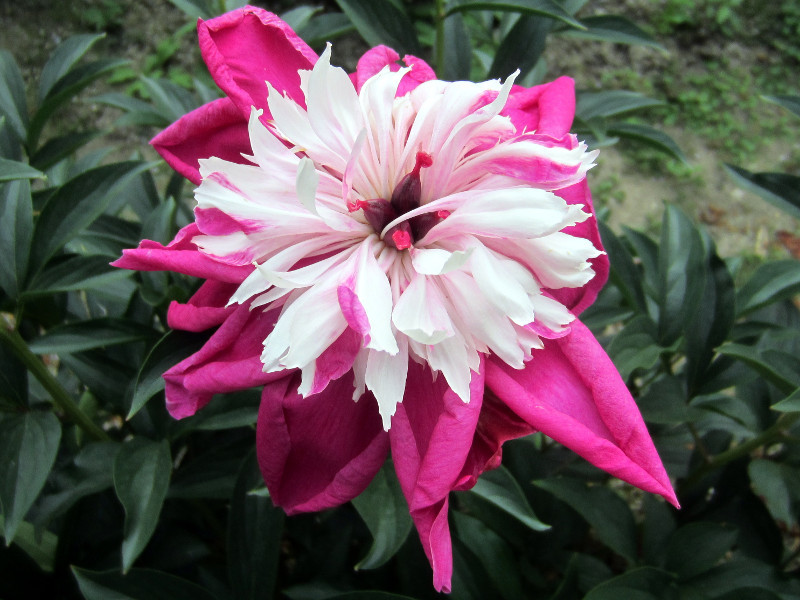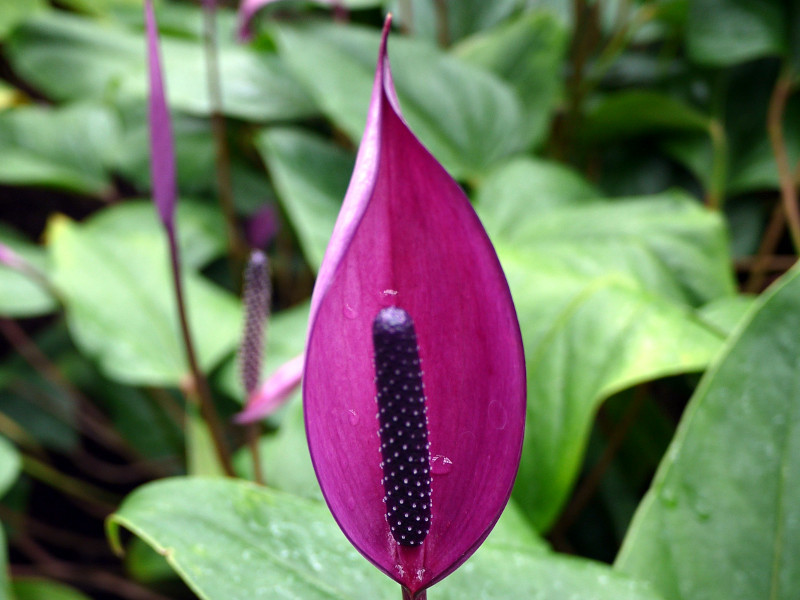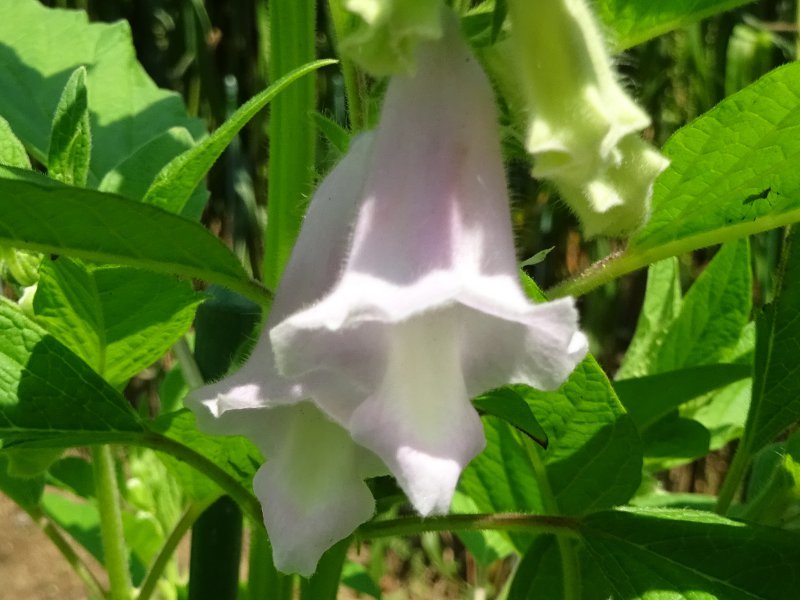Celtis sinensis
- Flower nameCeltis sinensis
- Scientific nameCeltis sinensis
- AliasChinese hackberry, 榎
- Place of originEast Asia
- Place of floweringFields and footpaths, Botanical Gardens, Low mountains, Cemetery & Temple, Park, Streets, Planting
- Flowering seasonApril, May
What is Celtis sinensis
Celtis sinensis, Chinese hackberry or Enoki (scientific name: Celtis sinensis) is a deciduous broad-leaved tree native to East Asia, including Japan, the Korean Peninsula, and China. It is distributed in the mountains of Honshu to Shikoku, Kyushu, and Okinawa, excluding Hokkaido. The tree is 15 to 30 m tall, with a bark diameter of 2 to 2.5 m. The bark color is grayish blackish brown. It is dioecious, with leaves and flowers developing simultaneously in April and May, but the flowers are small and inconspicuous. Flowers are male and bisexual. Male flowers have four stamens, no petals, and four pink sepals. The bisexual flowers have a single pistil at the top, a double-petaled flower column, and four stamens at the bottom. The thick lateral branches provide shade, and the tall tree was used as a mound during the Edo period (1603-1867). The bark and leaves are used for folk medicine, the wood for building materials, utensils, and charcoal, and the young leaves and shoots for vegetables. This is due to the fact that the leaves grow thickly in summer to provide shade. It is a tree parasitized by lodging trees. It appears in the Manyoshu under the name "e".
Common name: Celtis sinensis, (scientific name: sinensis, also known as Chinese hackberry, Enoki, Habitat: Honshu to Shikoku, Kyushu, Okinawa, excluding Hokkaido, Environment: Mountainous regions, Height: 15-30 m, Bark diameter: 2 to 2.5 m, Leaf blade: 4 to 9 cm, Leaf width: 2.5 to 2.5 cm, Bark color: grayish-blackish brown, Petiole: Yes, leaf width: 2.5 cm Flower color: yellow-green (male flowers, only 4 stamens), light brown (bisexual flowers, 4 stamens and 1 pistil), male flower diameter: 0.5 cm, floral thread color: light purple, fruiting season: October, fruit type: kernel, fruit color: reddish brown, uses: green shade tree, one-lot mound, fruit is bird food.
